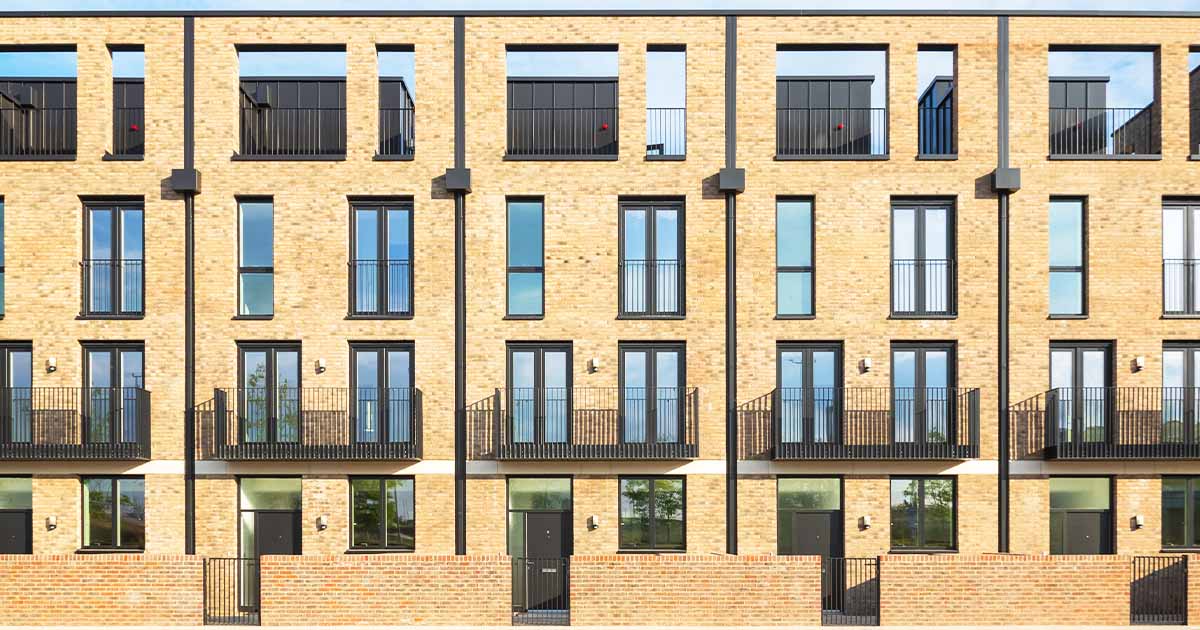Landlords may have to find further cash down the sofa

For those dealing with assets with domestic EPCs take note – we have a further consultation on proposed reform to MEES, five years after the initial 2020 proposals. Is it EPC C or equivalent by 2030, as hinted by Labour back in September?
This follows the December consultation on EPC reform, with specific proposals for domestic EPCs that include: (1) a transition to a multi-metric approach (instead of the existing headline metric that is based on modeled energy costs per square metre); (2) a proposed 2026 transition; and (3) a small increase in the proposed maximum penalty to £400.
The proposals are inter-linked, but the general gist is that landlords will require that “EPC C” equivalence by 2030 for existing tenancies (2028 for new tenancies). The EPC methodology may change per the December consultation (hence the reference to “equivalence”), but as the government says, they expect “similar improvement measures” as a requirement for compliance. Notably, the government supports an increased fine to £30,000 for the same breach and same property (from £5,000).
In addition, MEES in domestic property (unlike non-domestic) requires the landlord to put its “hand in its own pocket” to fund improvement works in sub-substandard property, regardless of affordability. The current cap is £3,500 inclusive of VAT. The preferred proposal is £15,000 inclusive of VAT (as opposed to the £10,000 figure proposed in 2020). Even without any inflation-ratchet and proposed exemptions (e.g. based on affordability), it is still a significant outlay. Unsurprisingly, the political arguments have started…
In this article from Alexander Peace in Green Street News (Alternative angle: what is the next £10bn sector?), he identifies the exit of many buy-to-let landlords from the sector, but also the opportunity for institutional investment. Increasingly stringent energy efficiency requirements, a complicated and ever-changing EPC regulatory landscape (plus renters reform)…will these changes only accelerate that trend?
My overriding thought here – EPC reform, MEES reform – this is all complicated! In a politically sensitive environment (with a plethora of legislative priorities), a typically slow legislative process, and taking the lack of progress already from 2020 – there is the potential risk of lots of talk but no practical action, with the risk of further delays. Let’s hope not. And let’s hope the equivalent commercial MEES consultation, expected any day now, keeps it simple.
Nb. For those in the social housing sector, we have a parallel consultation on more stringent application of EPC requirements. For more, see this from colleague, and expert, Charlotte Youngs.
Subcribe to news and views“We believe this more granular approach can achieve greater scale in time, as there is so much more to buy around the country. And it’s a far bigger sector than the new build or apartment sectors”
https://greenstreetnews.com/article/alternative-angle-what-is-the-next-10bn-sector/




